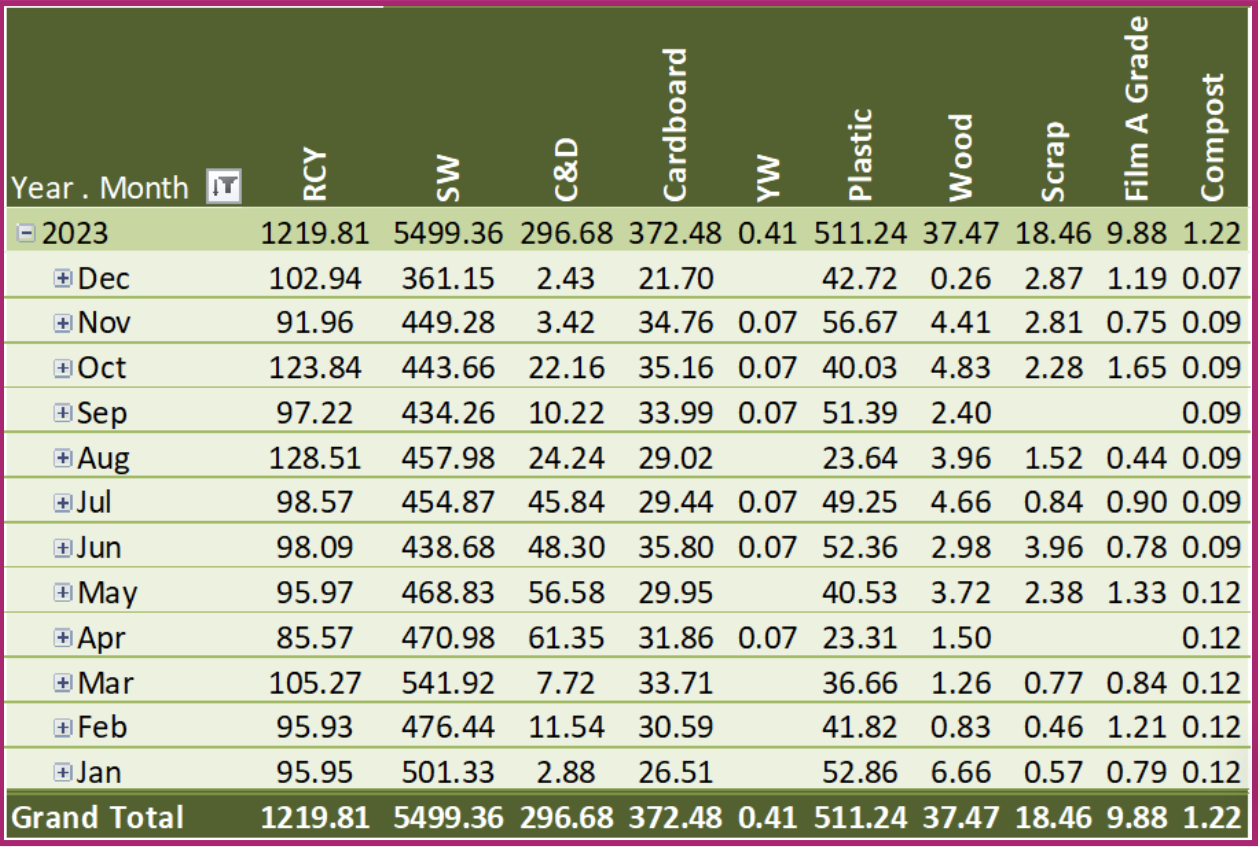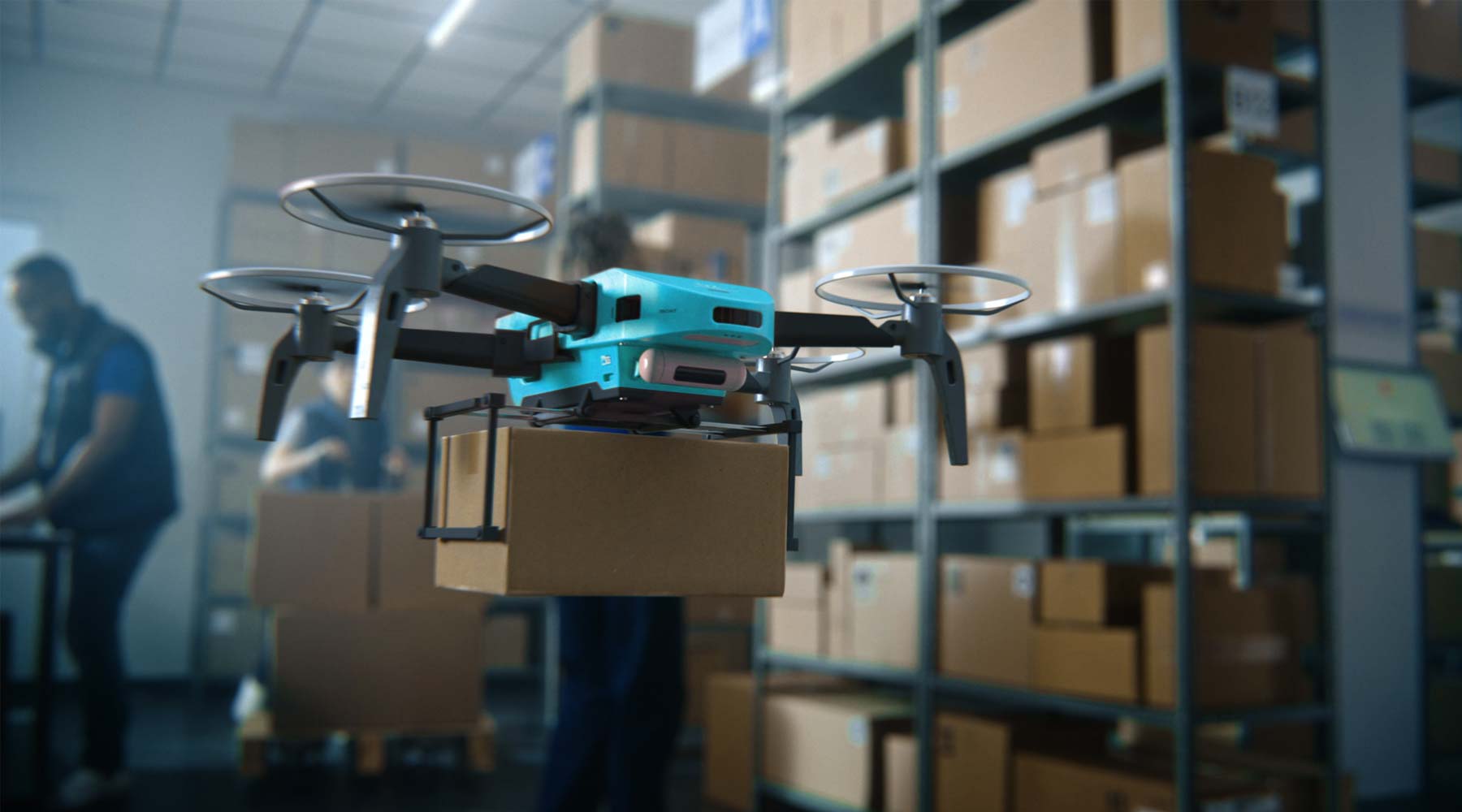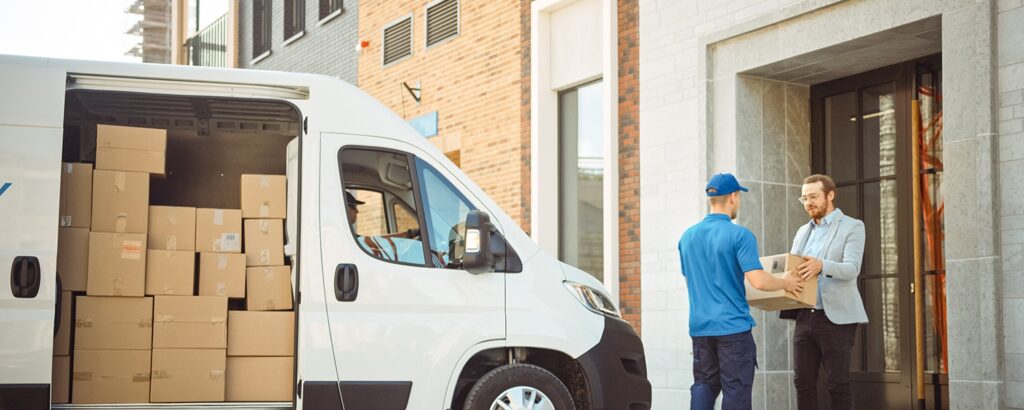Waste Stream Visibility Is Key to Achieving Waste Management Sustainability Goals
- Definitions of common waste streams
- Waste invoices lack the necessary information you improve waste stream visibility
- Three ways to start improving waste stream visibility in your organization today
Companies of all types—and those in the multi-family housing, healthcare, and manufacturing industries in particular—are receiving more and more frequent demands for detailed waste stream reporting. Whether these asks come from customers, investors, an ownership group, or a regulatory body, there are significant and often financial consequences for companies that can’t provide the requested data and that can’t illustrate what they are doing to reduce waste and their impact on the environment.
It’s not that companies don’t want to comply. It’s that collecting and analyzing sustainability data from different waste streams and the vendors who manage them is no easy task. The information is rarely ever readily available on invoices. And when companies dig deeper in hopes of surfacing more details, even the largest national vendors have a difficult time aggregating and presenting data in ways that are usable.
Insight into waste stream data is the first step toward a more sustainable future.
Nevertheless, companies need to find solutions for better understanding their waste streams, and sooner than later. Better waste stream visibility is crucial not only to meeting stakeholders’ requests today; it is also the key to creating meaningful, data-driven sustainability programs that will reduce waste, cut costs, and ultimately position companies to transition toward greener and more profitable operational practices going forward.
Here are a three ways to start improving waste stream management visibility in your organization right away.
- Know what you’re throwing away. Businesses face significant challenges managing multiple waste streams, including working with different vendors for each type of waste. While types of waste vary by company and industry, many organizations have the following waste streams, each of which requires increased visibility including a better understanding of the associated costs:
- Solid Waste: This is a diverse waste stream that includes anything that ends up in the garbage and, ultimately, a landfill.
- Recycling: Waste that can normally be diverted to standard recycling receptacles include aluminum, bottles, plastics and paper. Recycling can be expensive for businesses, so many companies look at waste reduction strategies first. Packaging is often a great place for companies to start looking for opportunities to reduce their waste.
- Medical Waste: Hospitals, clinics, outpatient offices, and other healthcare facilities produce and must properly dispose of regulated medical waste streams that may be contaminated by bodily fluids or other infectious materials. Handling and managing this waste must be done in ways that ensure compliance with regulations and safety standards.
- Organics: Food waste and other types of organic waste, such as gardening materials, needs to be sustainably managed and, in some states, diverted from landfills completely in order to comply with local legislation.
- Sludge: This semi-solid slurry produced by different types of industrial processes needs to be disposed of properly and separately from other waste streams.
- Cardboard: The cardboard or OCC waste stream can be separated from traditional “recycling” if the company has enough clean cardboard on a periodic basis. Cardboard is broken out because it has a value that is unique from other types of recycling.
- Wood: The wood waste stream can be separated from traditional “recycling” if the company has enough items such as wood pallets on a periodic basis. Wood is broken out because it has a value that is unique from other types of recycling.
- Look beyond your invoices. The average invoice from a waste vendor will not tell you much more than that the total monthly cost of service and the due date for the payment. Determining details including the amount of waste actually being produced and collected each month at every different location takes an in-depth understanding of the service contract and collection days as well as the volumes actually collected during each pickup. Such information is also key to better understanding what waste is truly costing the business. Unfortunately, few waste vendors make these details readily available, and few accounts payable departments have the time and resources to conduct ongoing audits and analysis in order to understand usage, trends, and expenses for each property. Consulting firms that specialize in ESG and sustainability reporting can help, but the process is often time-consuming and expensive.
- Aggregate waste stream data with the right software solution. The best approach to better waste stream visibility is waste reporting software that can deliver a consolidated, comprehensive view of all waste streams and their costs. Such a solution is the key to making all the different numbers on all the different bills make sense. It can streamline reporting efforts, making it easier to deliver the right information in the right formats to different stakeholders, all while simplifying invoice management and payment processes.Perhaps most importantly, the right waste management and reporting software delivers insights that companies can use to make better and more informed decisions about their waste and waste management practices. Companies cannot set meaningful sustainability goals without baseline data, and they cannot track progress against those goals without a way to efficiently collect and monitor data over time. With the full waste stream picture and accurate, reliable, up-to-date data, decision-makers can define, implement, and oversee sustainability strategies that make a real difference for their businesses, stakeholders, and the environment.

Talk trash with more confidence.
The reality is, company executives and senior managers need to be informed about their originations’ waste streams and what’s being done to manage them more sustainably because they will be asked about it from one stakeholder or another. While this is a complex issue, especially for organizations that produce many different types of waste, technology and automated solutions can help simplify and streamline the picture. With the right data and insights, leaders can keep their stakeholders informed and know they are making the right waste stream management choices for their business.





